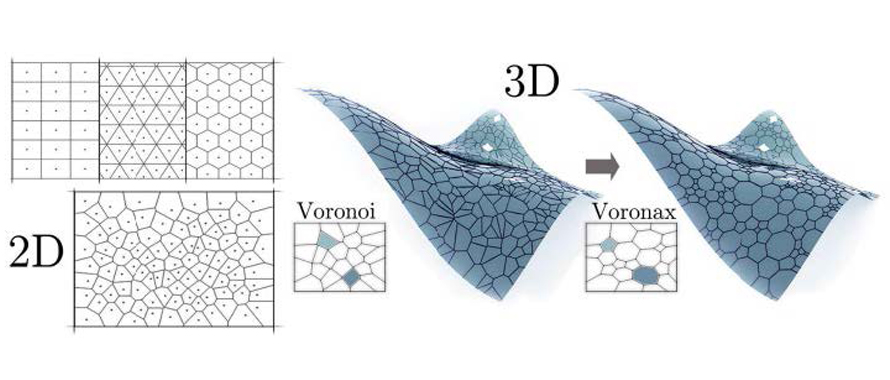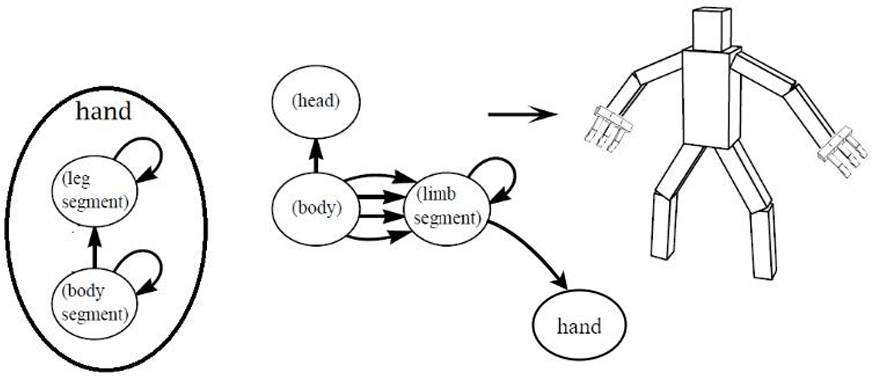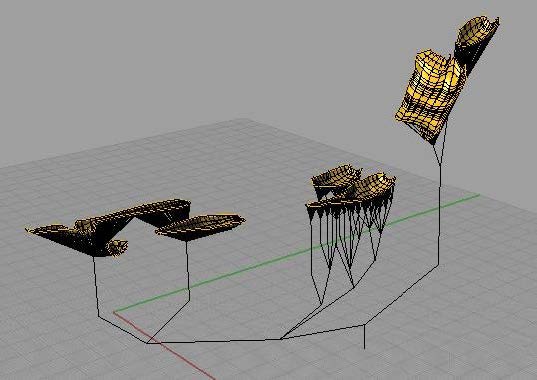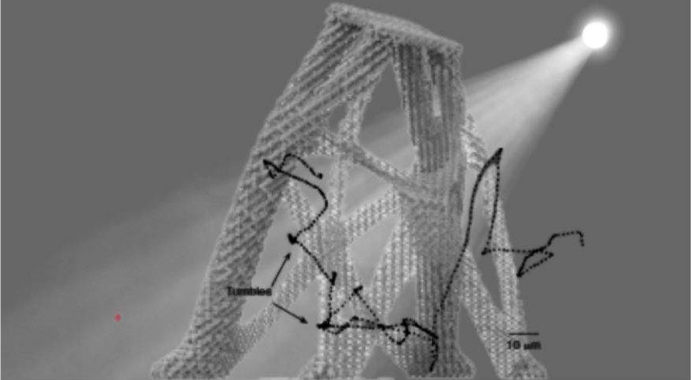




This abstract explores the historical and conceptual intersections of architecture, computation, and biology, tracing their evolution from early theories to recent advancements. Beginning with the pioneering insights of architects and scientists in the 1960s, particularly Marvin Minsky’s foresight on the computational potential, it delves into the quest for inner logic in architecture, echoing Christopher Alexander’s call for structural correspondence between problem patterns and design processes.
Drawing parallels between natural evolution and architectural innovation, the abstract highlights key biological discoveries, such as the modular nature of Genetic Regulatory Networks (GRNs) and the Evo-Devo theory, which have inspired computational approaches in architecture. It discusses the limitations of early computational models based on simplistic genetic assumptions and the breakthroughs achieved with advanced algorithms that mimic the complexity of GRNs, enabling the evolution of diverse and differentiated architectural forms.
Proposing a synthesis of genetics, computation, and architectural design, the abstract outlines a transdisciplinary discourse divided into five waves: evolutionary thought, organic architecture, cybernetics, parametric design, and biomimetic techniques. Ultimately, it advocates for a deeper understanding of nature’s creative processes to inform and enrich architectural design practices.